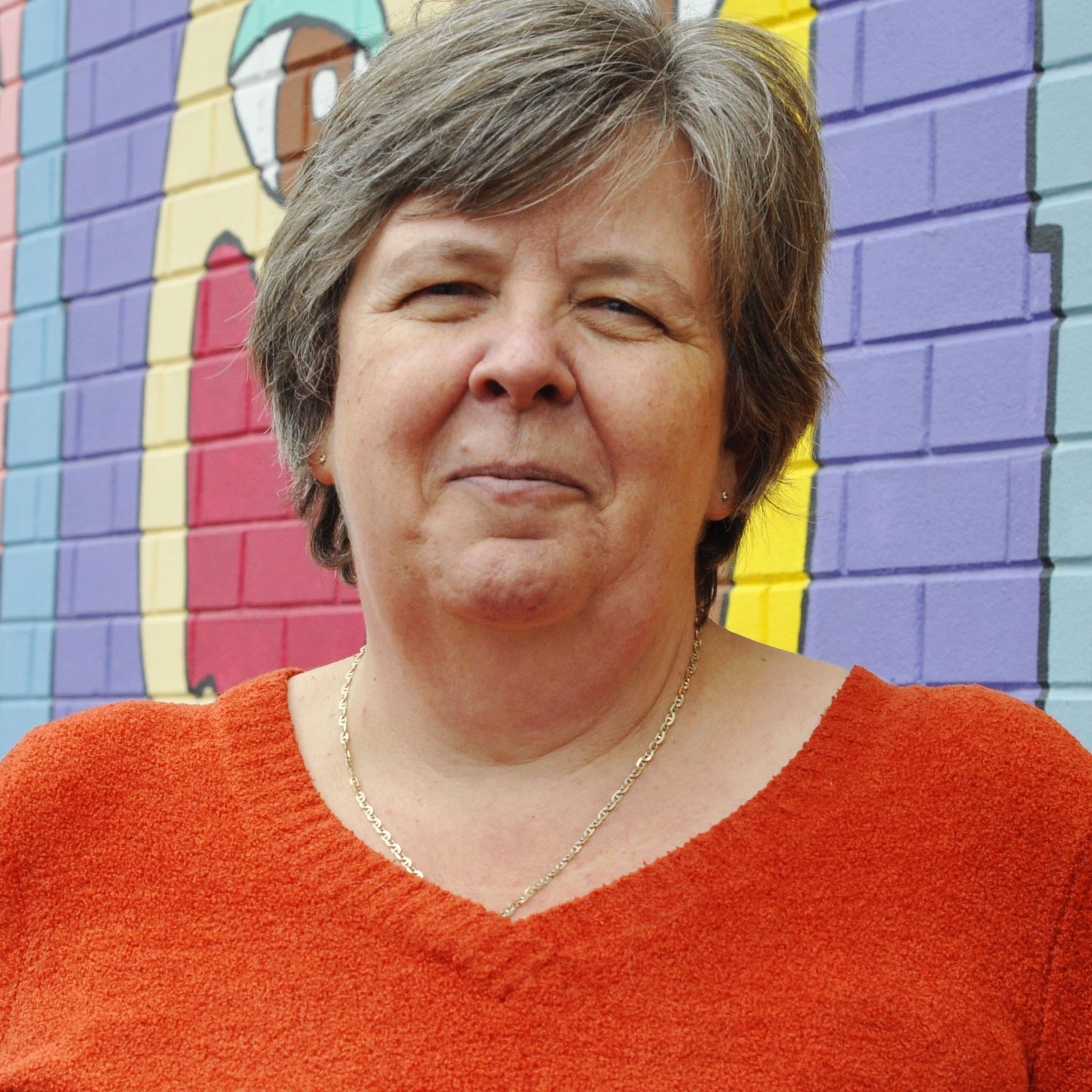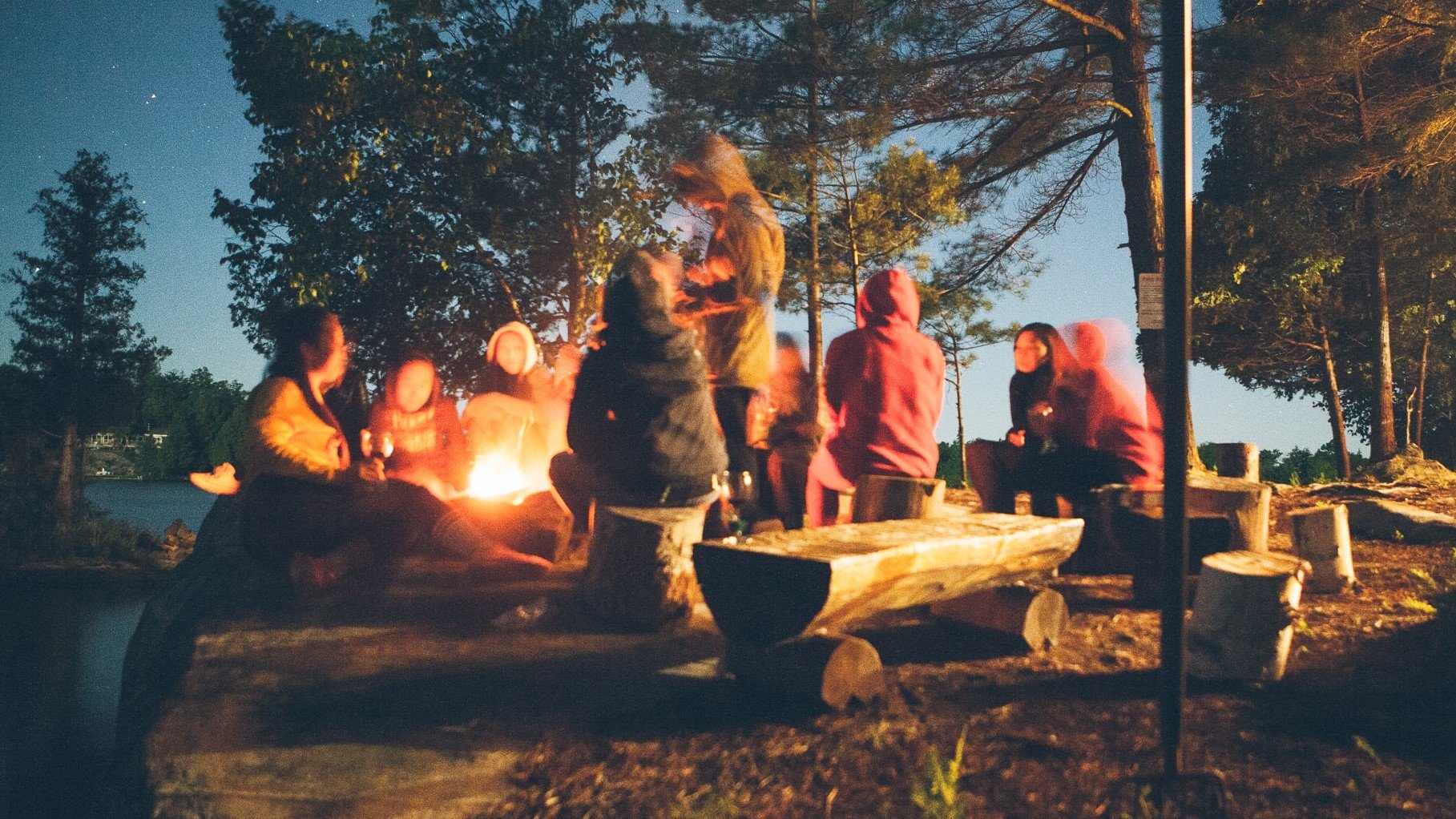This is the second blog in a series I am writing about collaboration, collective impact and unusual partners. When communities are trying to work and shift more complex issues like poverty, homelessness, the environment, etc, they require the shared wisdom of a wide-variety of diverse partners. This means opening up the collective impact experience to both usual and unusual partners. The usual partners are those organizations and individuals that we feel most comfortable working with. If you work in the community sector, it is likely that your organization feels most comfortable with other community sector organizations, government partners and funders. But there are a wide variety of other partners and resources in many communities that can be pivotal to successful collaborative and collective impact efforts.

This blog focuses on engaging partners in the campus environment. So what do we mean by campus environment? This includes the administrative staff, faculty, decision-makers, individual students and student groups that can be found on college and university campuses across Canada, the US and internationally. Large institutions like college and university campuses can be complex and dynamic environments themselves. Most college and university structures are composed of a variety of academic and administrative departments and have a host of resources from knowledge, research, facilities, student, faculty and staff and, in some cases financial supports and incentives to help get the work done. On many campuses in Canada and other places, there are specific departments that act as a broker between the campus and the community environments. Before engaging with your campus partner, do your homework and investigate whether this brokering function exists. This could save time and get you connected with individuals you might not have considered in your collaborative efforts. Some campuses are trying to create a single point of contact for the campus, for example McMaster University recently appointed a new Director of Community Engagement - http://fwi.mcmaster.ca/story/new-director-of-community-engagement-appointed/.
More typically, communities get access to campus partners through individual connections or relationships. The community member might know someone who works in the campus environment and leverages this connection for the benefit of the organization or collaborative. Another typical point of access is that an academic department reaches into the community and community organizations to secure placement opportunities for students as part of their course curriculum. Beyond placements there is a growing force of community service learning initiatives that bring students from various programs together to bring their learning and skills to community. One example is at the University of Alberta,http://www.csl.ualberta.ca. Individual students and/or student groups also engage with the community by hosting special events in the community like Shine-a-thons or student conferences, or may partner with a particular organization to deliver a program or service.
Less typical is the engagement of the campus around a collective impact initiative or a policy change agenda. Over the last three years, Carleton University in Ottawa and a variety of campus and community partners have been engaged in a seven year Social Sciences and Humanities Research Project (SSHRC) examining how to permeate the campus-community walls to move the needle on policy and systems change. There have been many interesting lessons learned in this project including the many challenges that exist in both environments to grow strong collaborative relationships.
However, there are also some exciting opportunities. The campus and community environments contain rich resources, that when deployed in a focused way, can bring new energy, thinking, research and credibility to the collaborative table. Also communities may wish to consider going beyond the teaching research aspects of community campus engagement to considering the potential opportunities provided by endowment investments as well as choices regarding operations- For example, University of Winnipeg has a not for profit organization tasked with making the university a contributor to sustainable community renewal. http://uwinnipeg.ca/uwcrc/. They also take very community led approaches to CSL and research.
While individual relationships and connections will continue to be key to these partnerships, the challenge will be to deepen and make these relationships resilient and focused. Attached is a presentation about the campus-community partnership that was developed for the CU Expo recently held in Ottawa, Ontario. If you have any thoughts or stories about how your collaborative has leveraged this resource, let us know. The more we can share our practices, the more effective we can be at advancing community change efforts.
Leveraging Campus Resources
-
Consider the different elements of the campus environment: administrative and academic faculty and staff, students, student groups, meeting space, research, strategic advice, funding opportunities, ethics review.
-
Build from individual contacts to department and cross-department contacts by presenting the community opportunity to faculty, staff and students.
-
Some campus environments have a department that acts as a broker between the campus and community – investigate whether this exists with the campus partner you are approaching.
-
Identify in advance how involvement in the community issue can support the priorities of the campus partner or specific department – why should they get involved and how will it benefit them from an academic or research perspective.
-
Identify contact for community service learning to identify opportunities to engage faculty and students.
-
Participate in campus activities – conferences, special events, alumni events to get to know the people and the priorities of the campus.
-
Think outside the box, even though you have a strong relationship with a certain department, consider how non-traditional departments might be engaged – for example Food Security collaboratives might consider engaging with the School of Business to undertake a cost study around access to local food.
-
In rural and remote communities, research and build relationships with campus environments that offer programs and courses remotely.
-
Read the Campus website, magazine, student newspaper and alumni magazine to discover what is going on including research priorities.
-
Meet with key campus leaders to share your collaborative work.
-
Research other examples of campus-community partnerships.
Leveraging Community Resources
-
Collective Impact efforts can provide campus partners with access to a community-wide complex issue and connections to a broader variety of possible partners that the campus partner may not have encountered previously which can lead to new possibilities and relationships.
-
Collaborative efforts work on a different time schedule than that of a campus, and generally efforts continue throughout the calendar year whereas the campus environment activities tend to be clustered around an academic calendar that operates from September to May.
-
By connecting with a collaborative or collective impact initiative, the campus environment can be promoted to new and different populations – in Hamilton, Mohawk College has leveraged its involvement with the Hamilton Roundtable for Poverty Reduction to identify and recruit students from low income neighbourhoods.
-
Recognize that campus partners may not have full knowledge of your collective impact effort and consider early and intentional engagement of campus partners – do your homework and consider how the campus partner will benefit from the partnership.
-
Consider collective impact initiatives for community service learning.
-
Research other examples of campus-community partnerships.
Thanks to Karen Schwartz, Geri Briggs and Natasha Pei for their thoughts and contributions to this post. Karen, Geri and Natasha are all members of the Communities First: Impacts of Community Engagement initiative housed at Carleton University in Ottawa.





